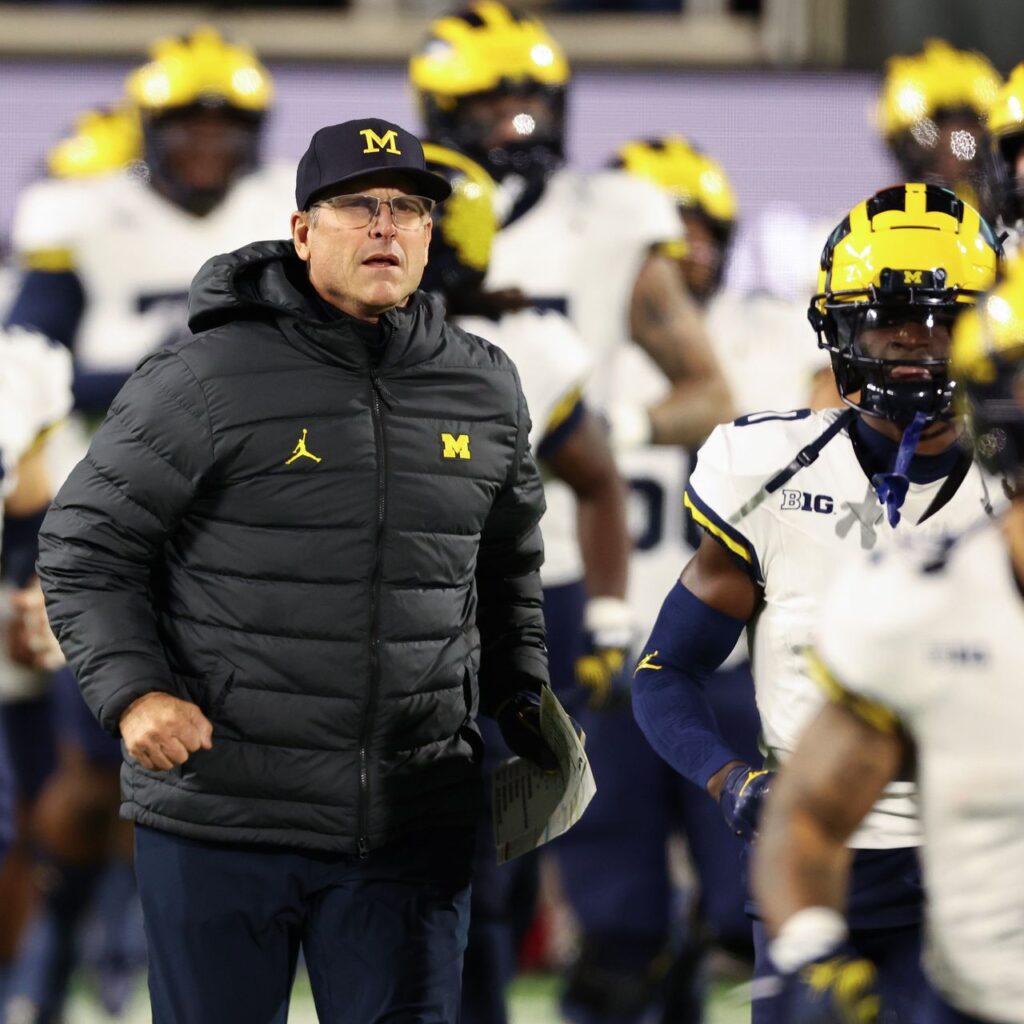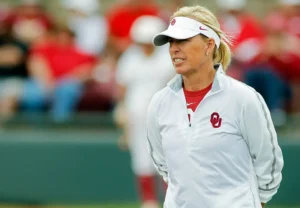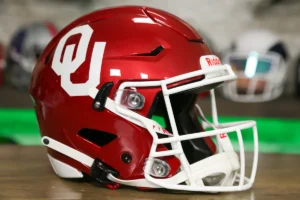
In college football, teams are prohibited from conducting in-person scouting of their upcoming opponents. This regulation lies at the core of the sign-stealing accusations leveled against the Wolverines.
A stark contrast between the regulations in the NFL and those in college football has brought attention to a potentially troublesome situation for Michigan. While the NFL permits a certain practice, its ban in college football has raised concerns for the Wolverines.
The focal point of this disparity centers on a particular element: the use of certain formations or tactics that fall within the NFL’s rulebook but are strictly prohibited in college football. This discrepancy in rules could potentially present challenges for Michigan as they navigate strategies and formations in their gameplay.
In the NFL, certain formations or tactics, possibly innovative or strategic, have been deemed legal within the framework of the game. However, in the college football arena, these same tactics are considered banned or restricted due to regulations governing fair play, player safety, or competitive balance.
For Michigan, a team renowned for its adaptability and strategic prowess, the clash between these regulations poses a dilemma. The Wolverines, like many other college teams, operate under a set of guidelines that limit their tactical options compared to their NFL counterparts. This divergence in rules might restrict Michigan’s playbook, potentially affecting their gameplay, especially when facing teams that have the liberty to employ these NFL-approved tactics.
Navigating this dichotomy demands meticulous planning and strategic adaptation from Michigan’s coaching staff. The challenge lies in optimizing their playbook within the confines of college football’s regulations while ensuring competitiveness against opponents who might exploit tactics permitted in the NFL but banned in college play.
This situation raises questions about the need for uniformity or at least greater alignment between the regulations of professional and collegiate football. While the essence of the sport remains consistent, the differing rulesets create a disparity that could influence the outcomes of games, potentially affecting the competitive balance on the field.
For Michigan, finding the balance between adhering to collegiate regulations and maximizing their gameplay effectiveness within these constraints becomes a pivotal factor as they navigate their season.
As the discussion surrounding the legality of certain NFL-permitted but college-banned tactics continues, Michigan’s ability to strategize effectively within the existing rules will be closely observed, potentially shaping their performance and outcomes on the field.





